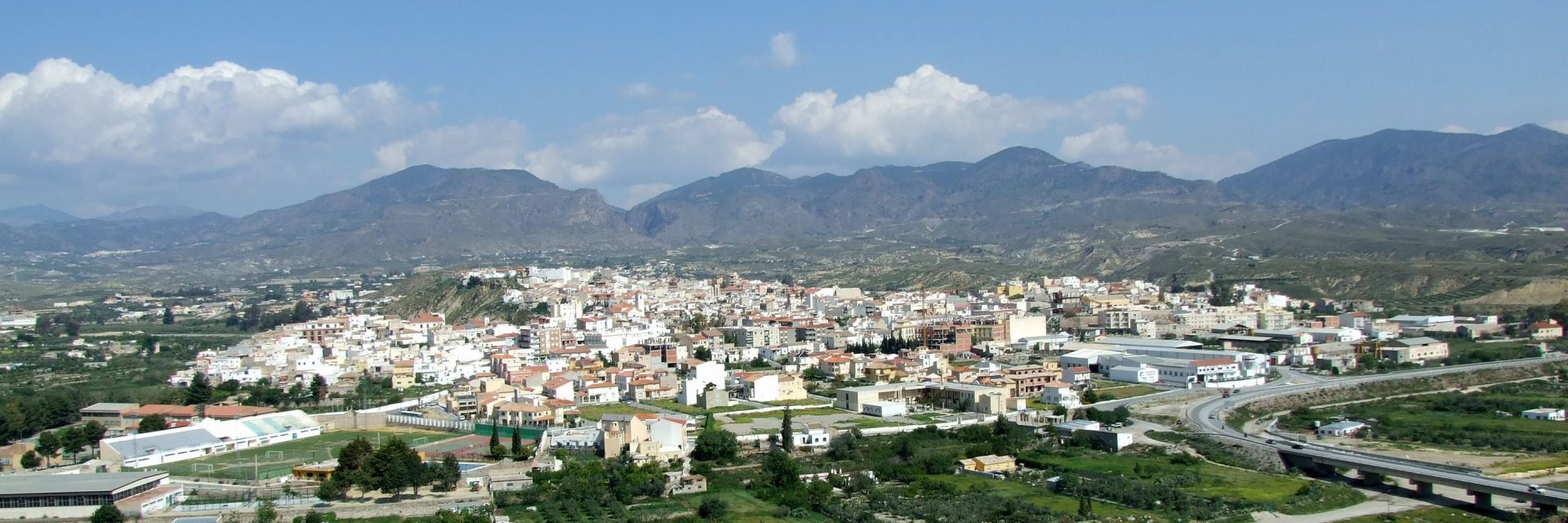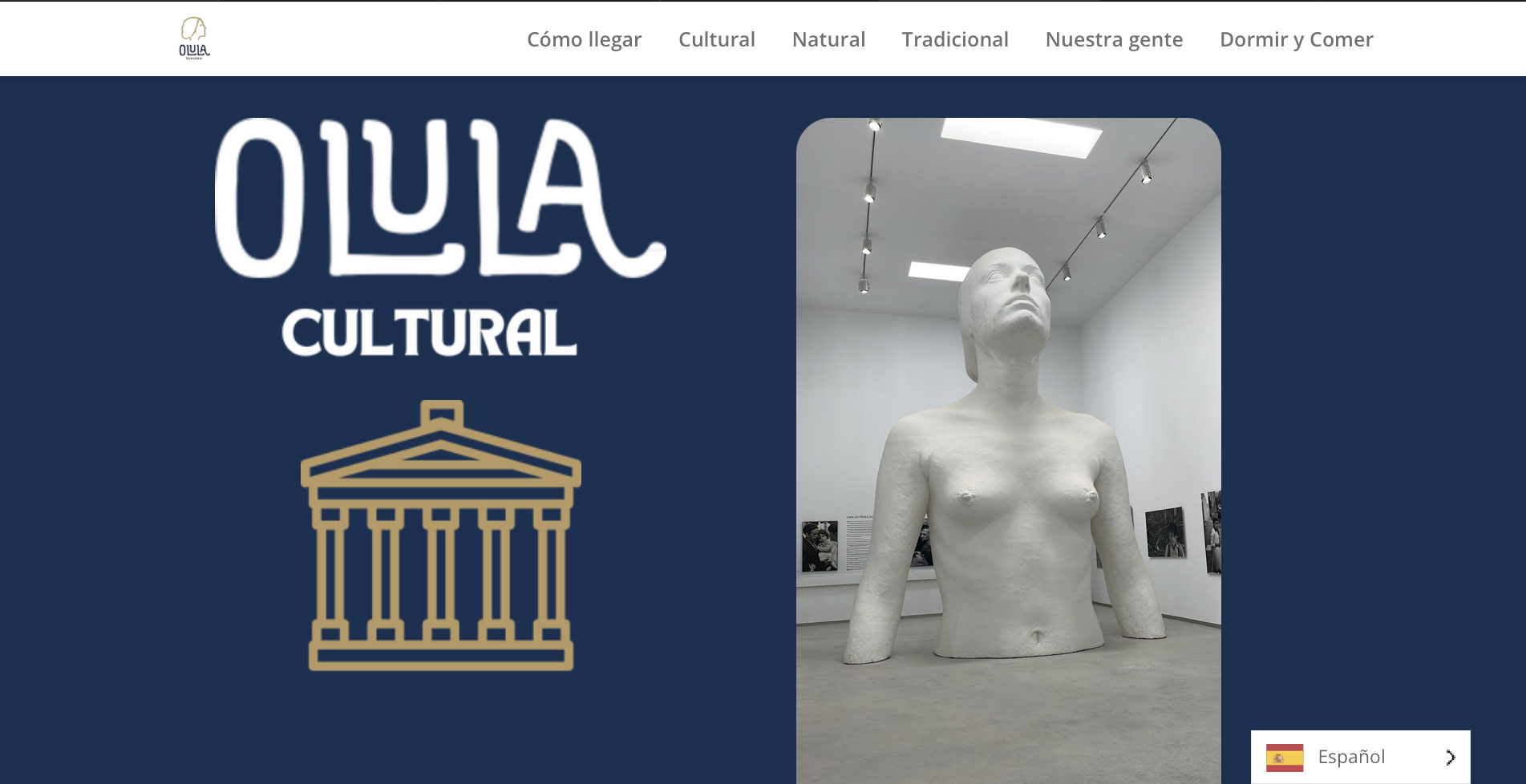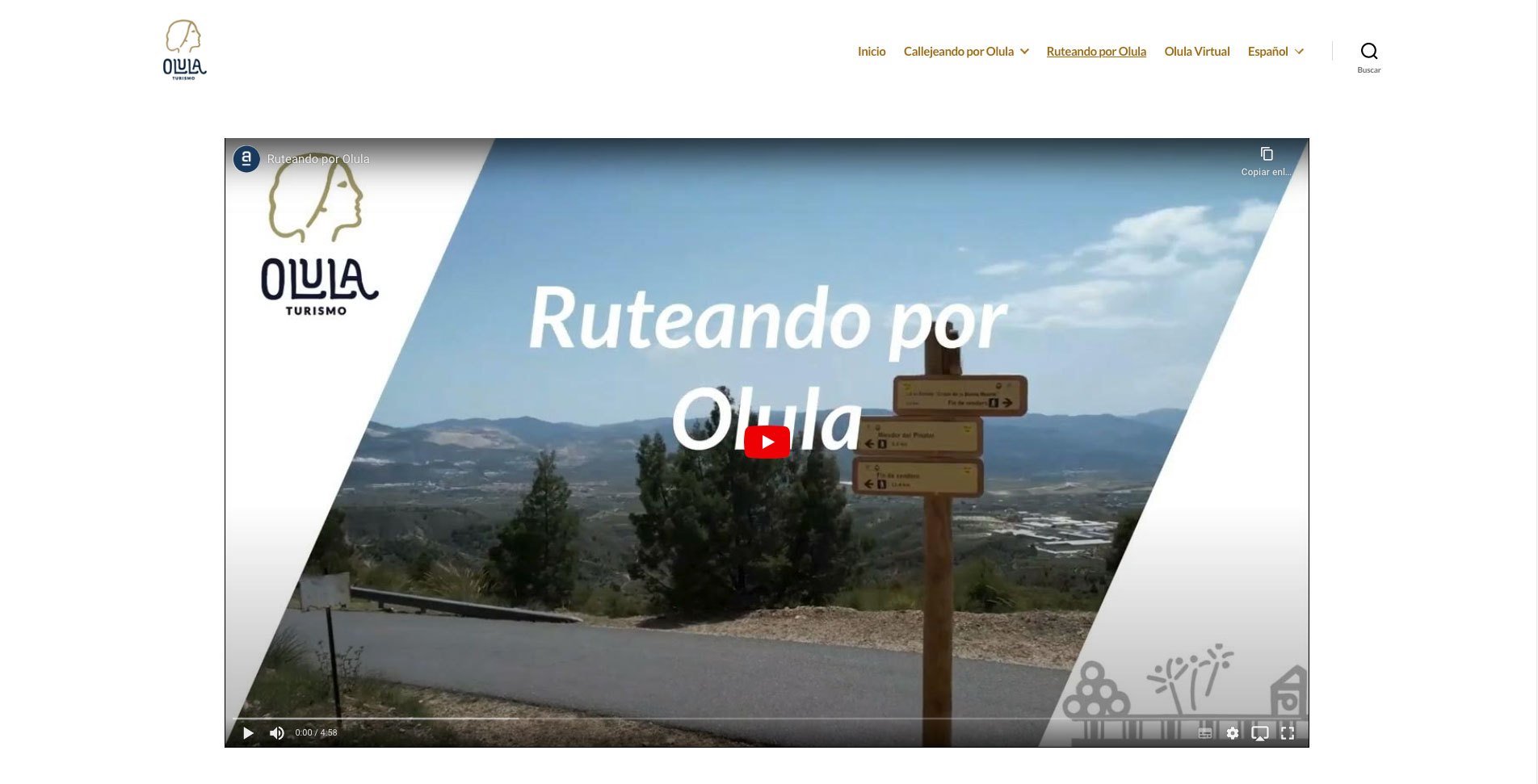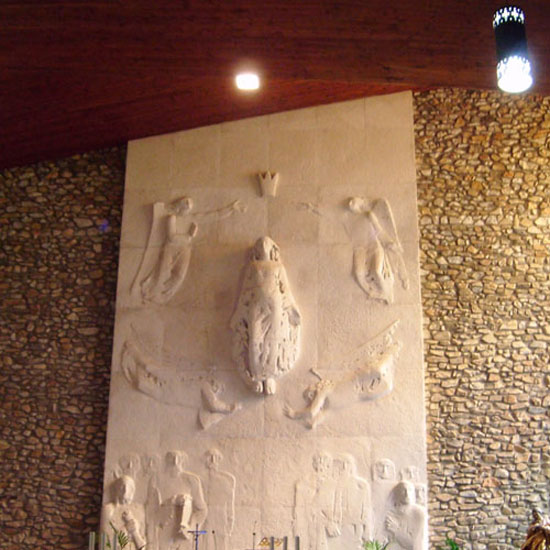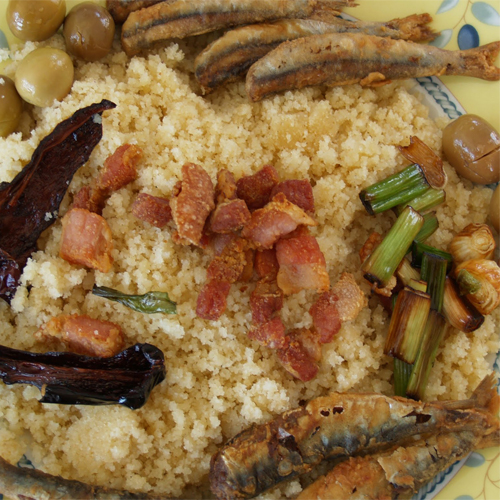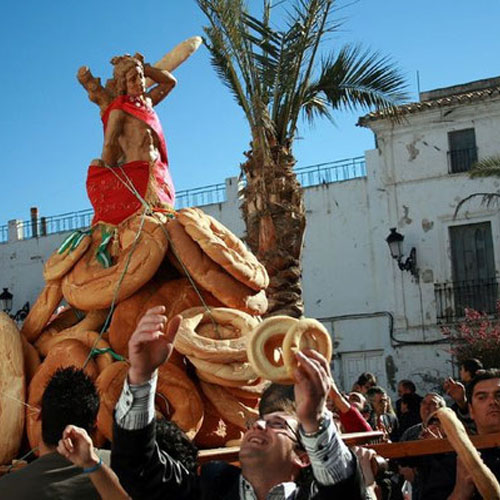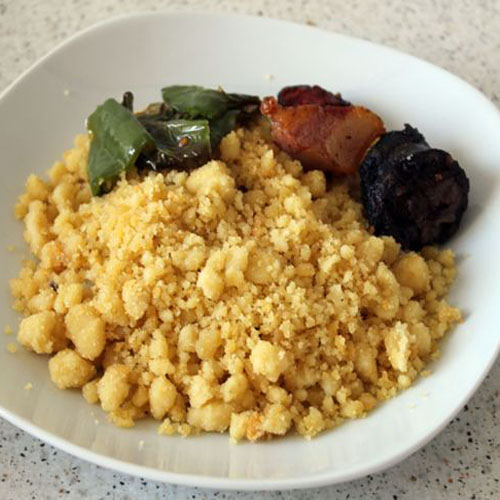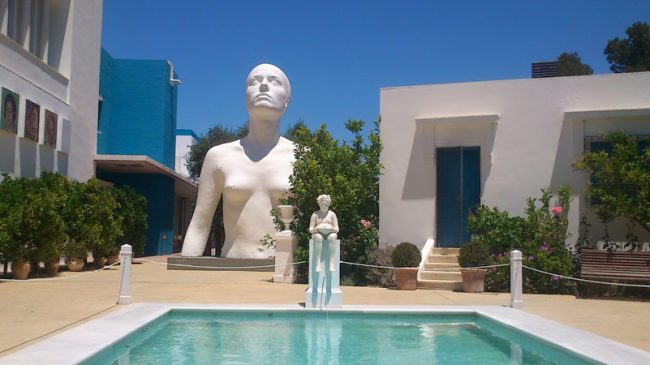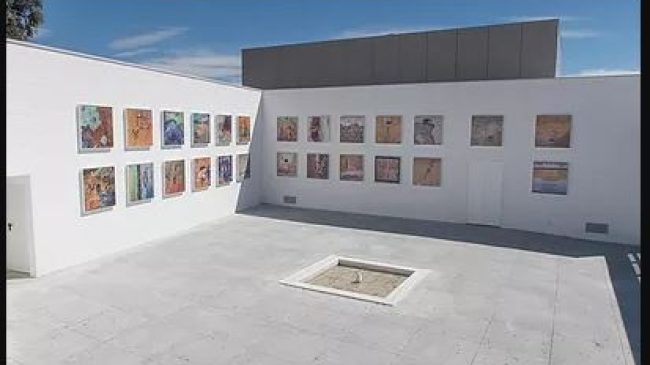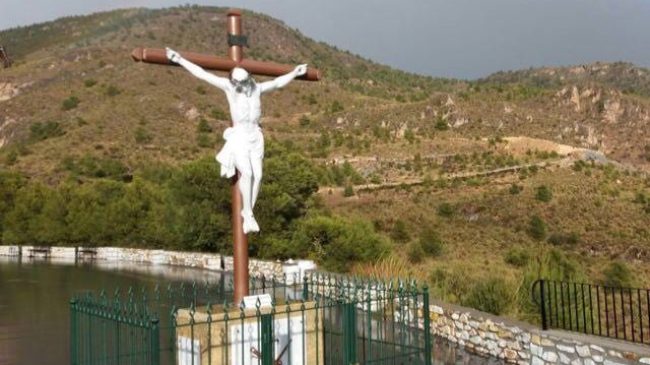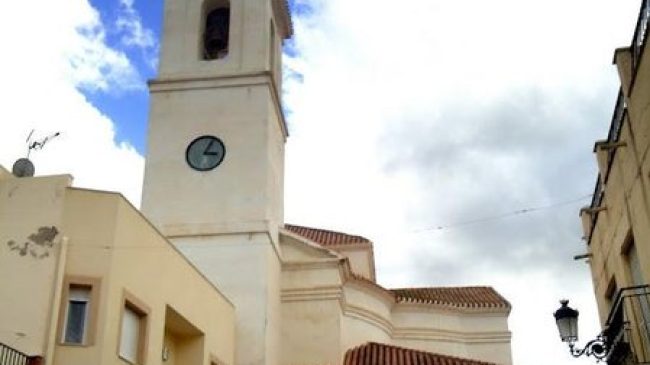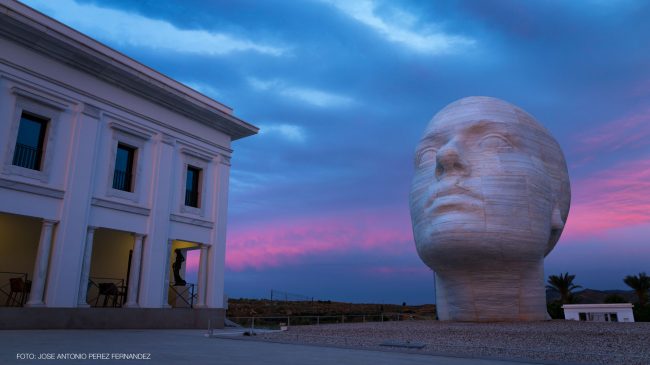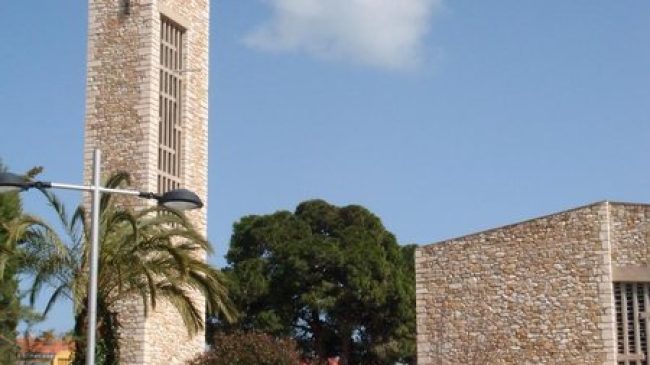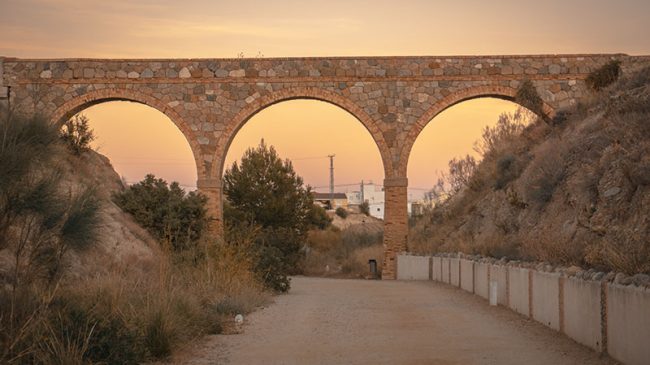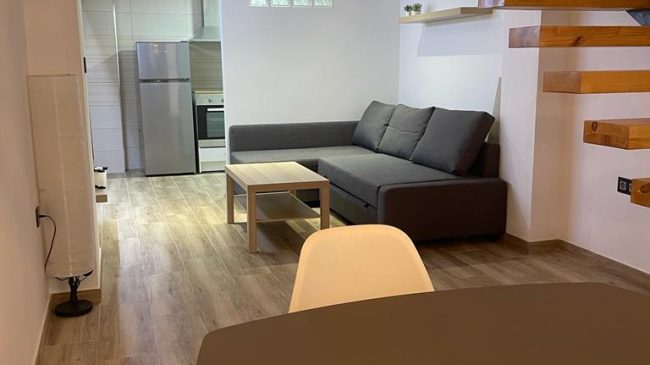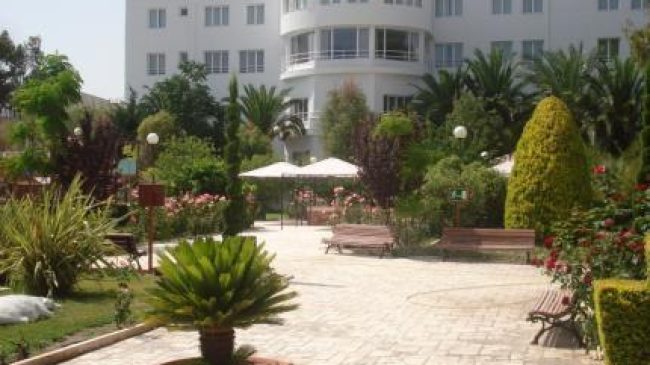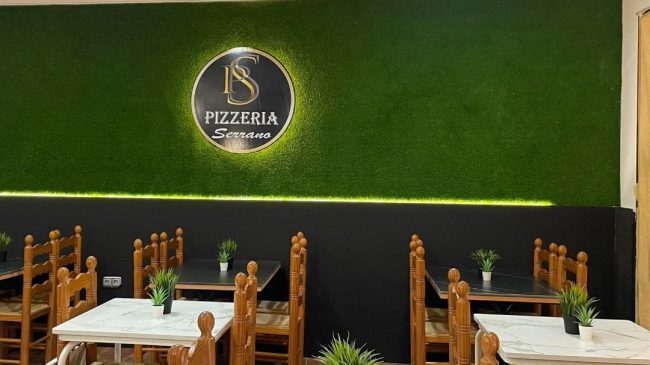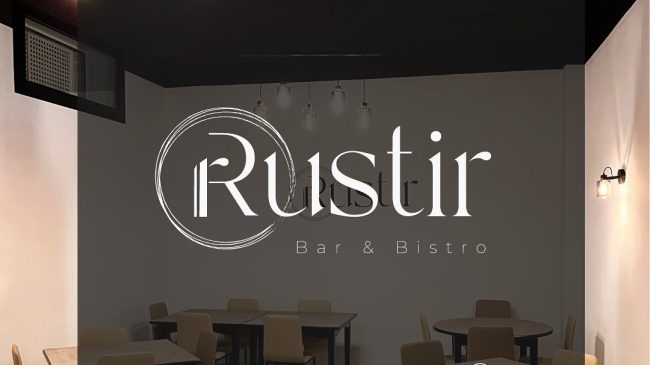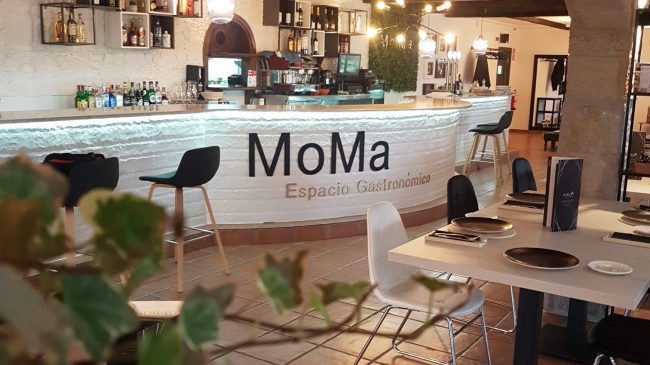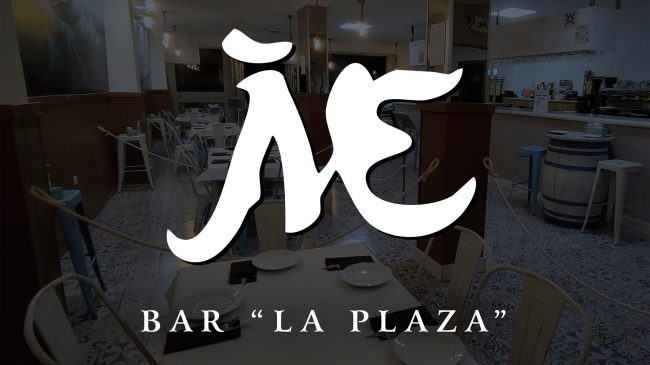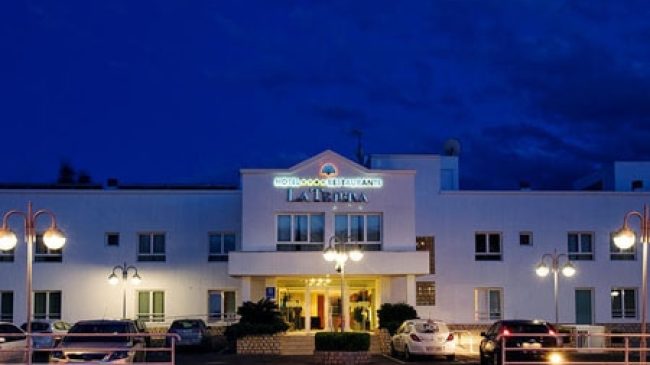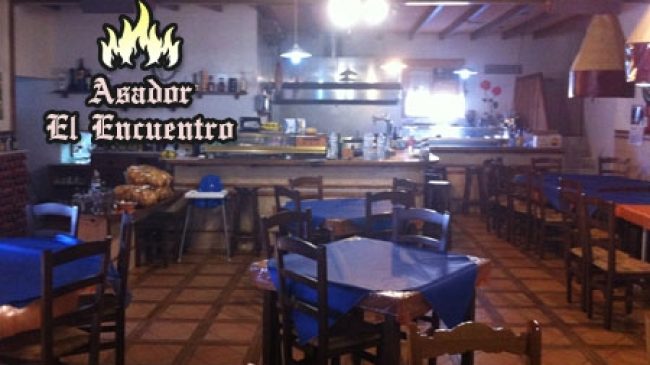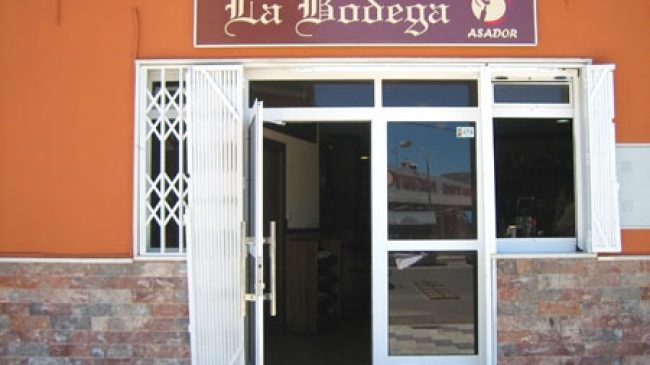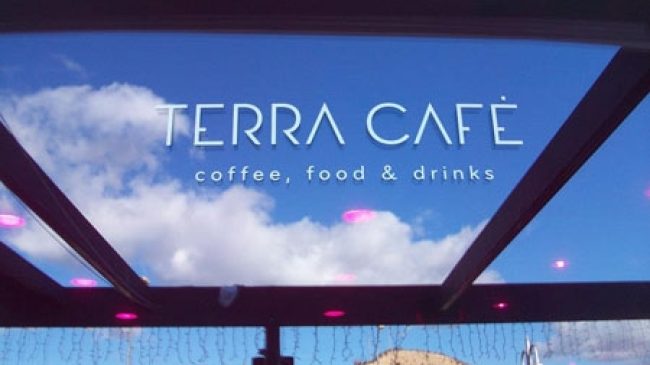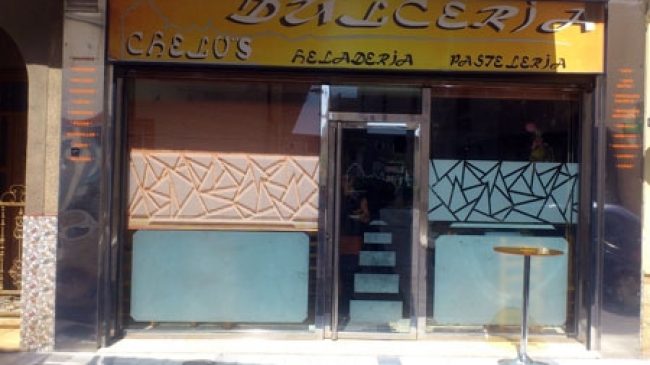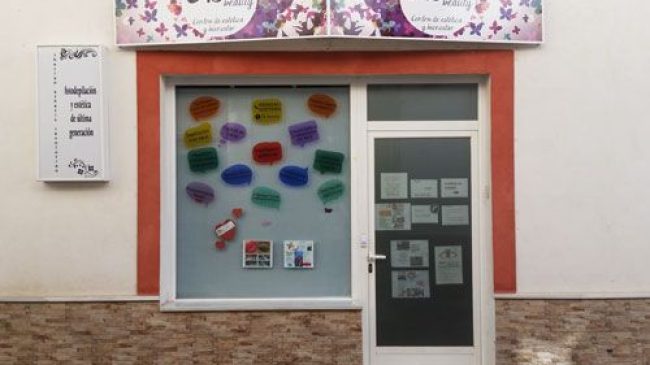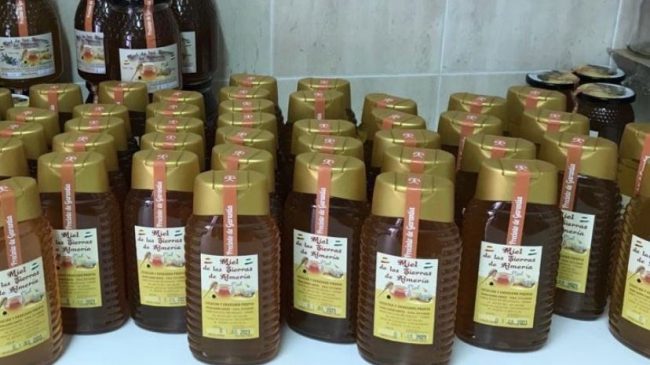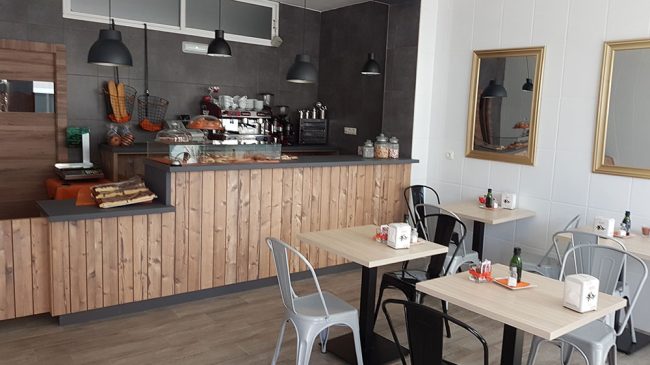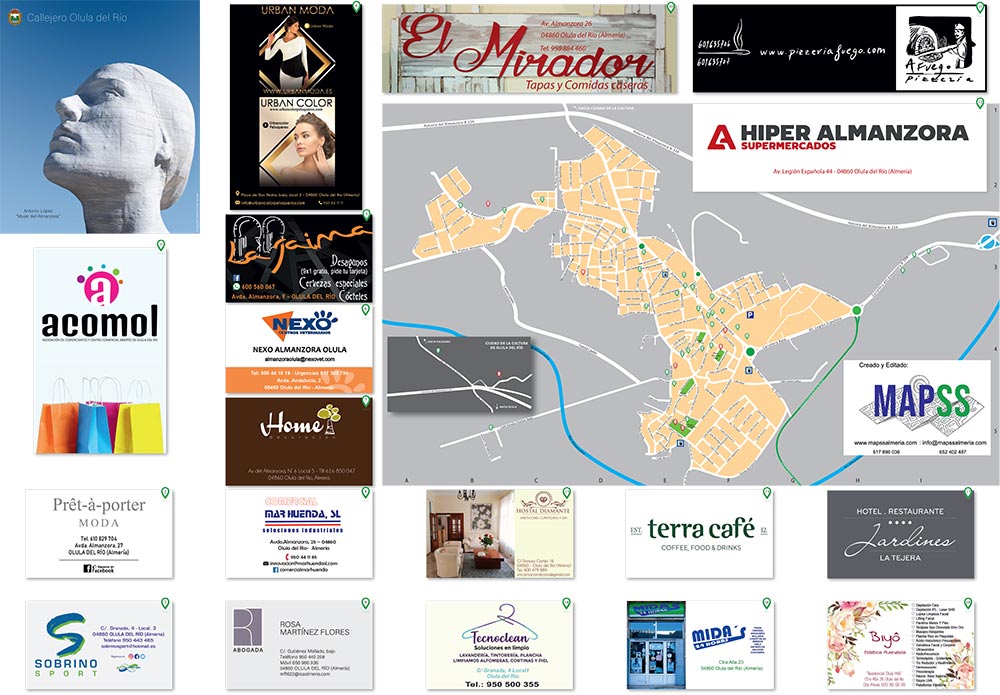INTRODUCTION
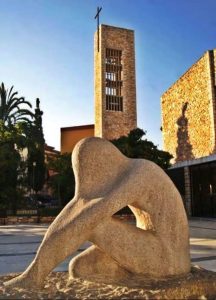 Olula del Río had 6216 inhabitants in 2016. It is located at an altitude of 482 meters and 83 kilometers from the provincial capital, Almería. Olula del Río borders several villages of the Almanzora valley: Purchena, Macael, Urrácal, Fines. Its economy is focused on the marble industry.
Olula del Río had 6216 inhabitants in 2016. It is located at an altitude of 482 meters and 83 kilometers from the provincial capital, Almería. Olula del Río borders several villages of the Almanzora valley: Purchena, Macael, Urrácal, Fines. Its economy is focused on the marble industry.
There are many charming places that can not be overlooked if we visit this locality; This is the case of the Church of San Sebastián, of Neoclassical style and striking for being entirely built in marble.
Another religious building is the Church of the Assumption which can be reached after taking a walk through the streets of the town; full of historical memories, like the white color of their houses and the bars that adorn them.
Undoubtedly, in its craftsmanship there is a clear protagonist: marble, fundamental basis also of its economy.
Of its natural environment include the hills of Fraile and Hondo; as well as Garganta del Maimón, perfect places for hiking, with several signposted routes.
As Mayor of Olula del Río it is an honor for me to welcome all those who decide to discover the wonders of our people through this website.
Visiting the municipality of Olula del Rio is an experience steeped in centuries of history where the religious, cultural, gastronomic and marble elements of our region are combined, which is the basis of our economy and which appears everywhere: in sculptures, crafts, sidewalks, etc.
All these singularities constitute a surprising mixture able to offer the visitor multiple tourist possibilities.
I would like this website to encourage everyone to enjoy and get to know our people, wishing them a pleasant stay that will surely make them repeat.
DISCOVER OLULA DE RÍO
HISTORY
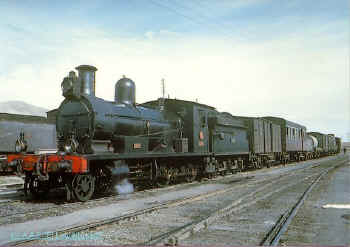 The first vestiges of the inhabited past that we find in the term correspond to the Neolithic and the Copper period, and numerous remains are located at the foot of the Sierra de Olula, highlighting the site of the Humosa cave, but the historical reality begins with the Arabs , from which time there are enough vestiges in construction models, urbanism, towers and a cistern; the primitive town of Olula is located on the right margin of the river, in a steep place of easy defense on a rock that serves as its base, the Stone, considered as a symbol of the locality. de Jorquera said (in Lentisco): “In a pleasant and pleasant place to be seen and with a good fortress, in this valley of the Almançora, is the village of Oluia, to which the waters of the river fructify it, with which it abounds with all maintenance being its very good silk breeding, fruits and vegetables. There are one hundred neighbors with a parish diocese of Almeria: its foundation does not appear … »
The first vestiges of the inhabited past that we find in the term correspond to the Neolithic and the Copper period, and numerous remains are located at the foot of the Sierra de Olula, highlighting the site of the Humosa cave, but the historical reality begins with the Arabs , from which time there are enough vestiges in construction models, urbanism, towers and a cistern; the primitive town of Olula is located on the right margin of the river, in a steep place of easy defense on a rock that serves as its base, the Stone, considered as a symbol of the locality. de Jorquera said (in Lentisco): “In a pleasant and pleasant place to be seen and with a good fortress, in this valley of the Almançora, is the village of Oluia, to which the waters of the river fructify it, with which it abounds with all maintenance being its very good silk breeding, fruits and vegetables. There are one hundred neighbors with a parish diocese of Almeria: its foundation does not appear … »
In 1488, during the conquest of Almeria by the Catholic Monarchs, the capitulations of the places of the Almanzora and Sierra de los Filabres rivers are produced, and then Purchena, Urracal and Olula del Río are handed over to Luis de la Cerda, Duke of Medinaceli. , remaining in their power until 1560, when they became lands owned by the Crown, but later sold to Miguel Serrano, a man who distinguished himself by pacification in the revolt of the Moors.
When he died, he passed the possession to his son Andrés Serrano, until in the eighteenth century the new owner of the manor was Don Diego Manuel Mesía y Serrano. At the time of the conquest, according to Cristina Segura, there were vegetable gardens where varied fruit trees, olives and vines and some cereal were grown. The moral was the tree that contributed most to the economy of the Filabres, for the great dedication of its people to the breeding of the silkworm, obtaining good benefits.
The Genoese sailors when commercializing the silk were the great beneficiaries; the cattle were scarce and the sheep and the goat were more numerous, being famous in Almería the salinas of Adra, the mines of lead of Berja and the quarries of Mármol de Macael.
Some of the expelled Moriscos who did not want to leave their homes or lands, says Cabrillana, who became sadistic and refined bandits of the sierra. They found in the rebellion the desired occasion to avenge all the suffering endured and grouped around the Gorri or the Ramí; They carried out their actions through the Almanzora Valley and the Almería River, and these monfies complicated the lives of their inhabitants and participated in stabbings, burning of Christians, burning of the temples and continuous robberies in the Purchena-Olula area.
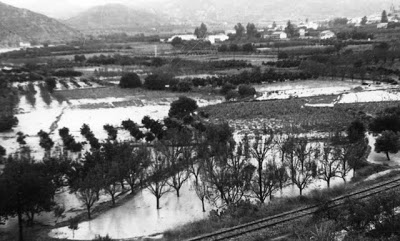 The Christian offensive in front of the Marquis of los Vélez, which met in Vélez Blanco on January 2, 1569, many soldiers, infants and knights from different towns and, crossing Olula through the Almanzora valley and overcoming the Filabres wall, arrived at the Villa de Tabernas on its way to the Andarax Valley. When Don Juan arrived at these villas, the Moriscos, taking advantage of the night, abandoned it.
The Christian offensive in front of the Marquis of los Vélez, which met in Vélez Blanco on January 2, 1569, many soldiers, infants and knights from different towns and, crossing Olula through the Almanzora valley and overcoming the Filabres wall, arrived at the Villa de Tabernas on its way to the Andarax Valley. When Don Juan arrived at these villas, the Moriscos, taking advantage of the night, abandoned it.
Thus, for example Tíjola was conquered on March 25, 1570, but only found in the village women and some sick men; the same tactic was used by the Moriscos of Cantoria and the neighboring towns.
With Don Juan de Austria the confrontation intensifies, and in the high Almanzora the Moriscos, from the hills, observed the movement of the troops without presenting battle and with smoked warnings to the neighbors of Purchena, Olula, Tíjola and other towns of the Almanzora. During the uprising of the Moriscos in Olula there appeared a resistance to the revolutionary idea, which is easily explained because the Moriscos had lived in harmony with the Christians for a long time and shared some traditions and methods of production. Not all Olula Moriscos were engaged in agricultural activity, there was a group dedicated to trajineries (milling, transport and silk merchandise …).
From the second half of the sixteenth century until the first third of the twentieth century, it is an eminently agricultural and livestock town, but evolving towards a nucleus of industrial population, industrious, dynamic and with a great future. From the fifties the industrial takeoff took place, later welcoming large numbers of immigrants from the surrounding towns, passing its population of 1,800 inhabitants registered in 1939, to the nearly 7,000 that exist today.
GASTRONOMY
The gastronomy of Olula del Rio is varied and rich for those who understand. Their typical dishes are crumbs, balls, gurullos, gazpacho, remojón, puchero, guisao wheat, egg broth, garlic, porridge, sausages and fry. And in sweets we have Roscos de Semana Santa, Soplillos de huevo y almendra, mantecados and honey, rosquillos de vino, roscos de aguardiente, roscos de naranja, almendrados, sighs, alfajores de almendras, stuffed empanadillas and cuajao de almendras.
FESTIVITIES AND TRADITIONS
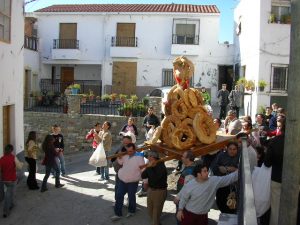 On the eve of January 20 and 23, the festival of the patrons of Olula del Río, San Sebastián and San Ildefonso, a festival declared of National Tourist Interest of Andalusia in 1998, is celebrated.
On the eve of January 20 and 23, the festival of the patrons of Olula del Río, San Sebastián and San Ildefonso, a festival declared of National Tourist Interest of Andalusia in 1998, is celebrated.
The inhabitants of Olula work hard to collect firewood and cover their facades since on the 19th and the 22nd, during the night, the great feast of fire begins, where neighbors, protected and covered their bodies, are engaged, in a tour mainly by the old town of the town, to throw thousands of carts creating a spooky aspect of gunpowder and fire.
On the 20th, the day of San Sebastián, is commemorated with a very peculiar procession that begins with the departure of the Saints from the Old Church and, giving their place to San Ildefonso, both Saints are processioned through the streets of the town where they are thrown and roscones from the balconies, windows and terraces through which they pass.
In September Olula del Rio celebrates the town’s biggest festival to say goodbye to summer.
Other holidays of interest:
May 8 Romería Cristo de la Buena Muerte.
23 June Night of San Juan (Traditional)
July 25 Santiago Apostle (Barrio Santiago, Patronal)
ORGANIZE YOUR TRIP
WHAT TO SEE
What to do in Olula del Río
If you are thinking of taking a different trip to discover beautiful places and charming towns that are not usually well known, a trip to Olula del Rio is an excellent option. Our town has many options to make and we recommend the ones that are sure to be of your interest.
WHERE TO SLEEP
WHERE TO EAT
LEISURE
HEALTH - BEAUTY
SHOPPING
STREET MAP OF OLULA DEL RÍO
DATA
Town Hall of Olula del Río
Address: Plaza de España 1, 04860 Olula del Río, Almería
Web: http://www.oluladelrio.es/
Contacto: 950 44 12 71

